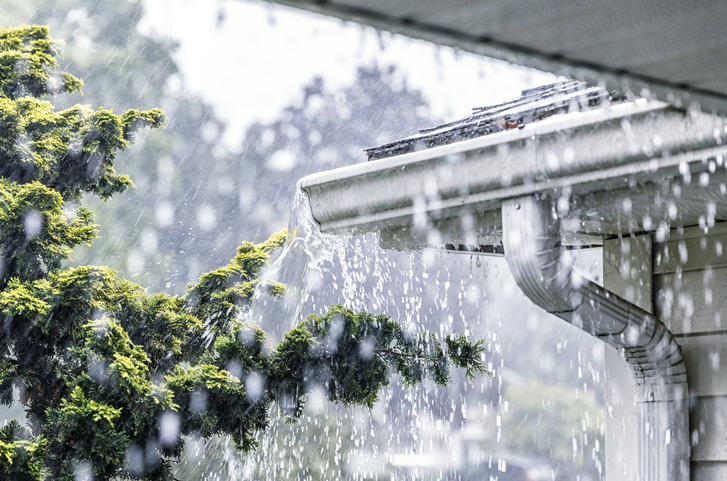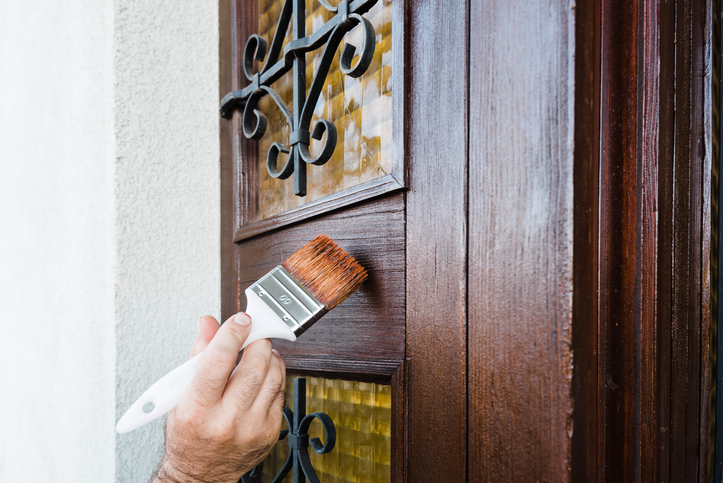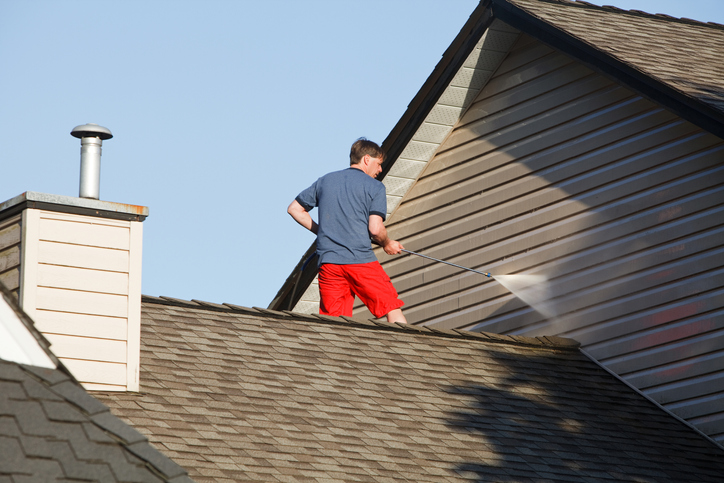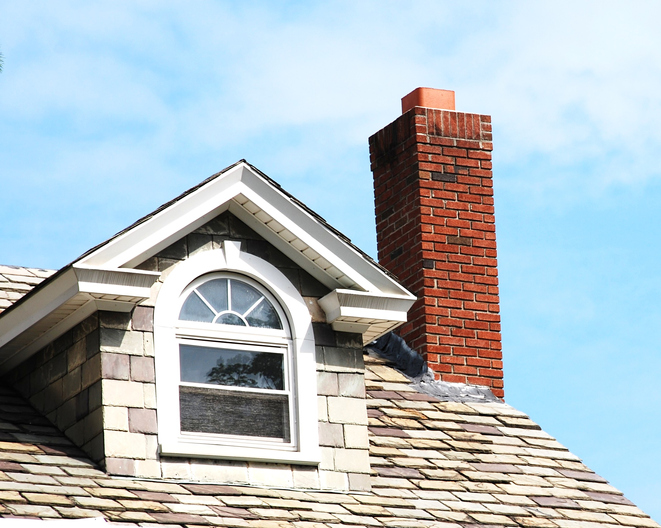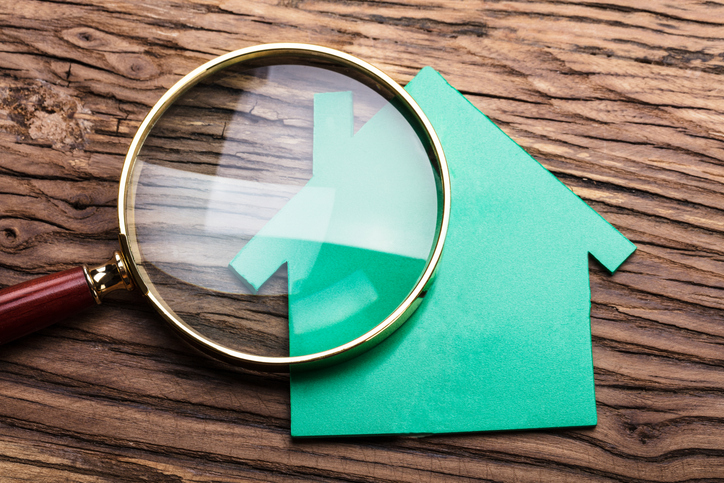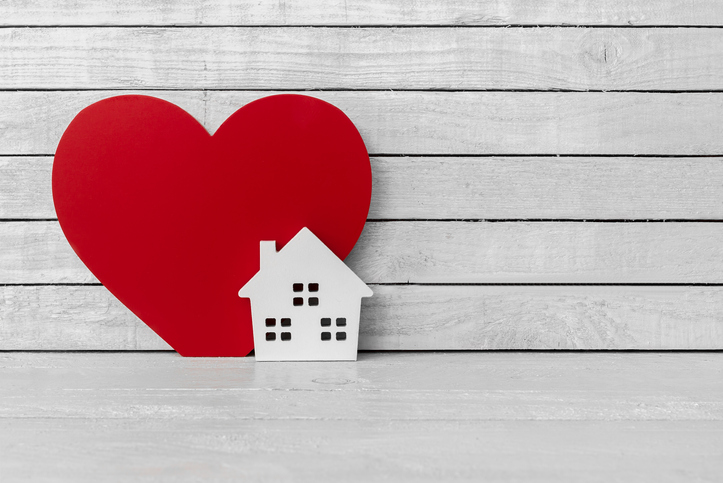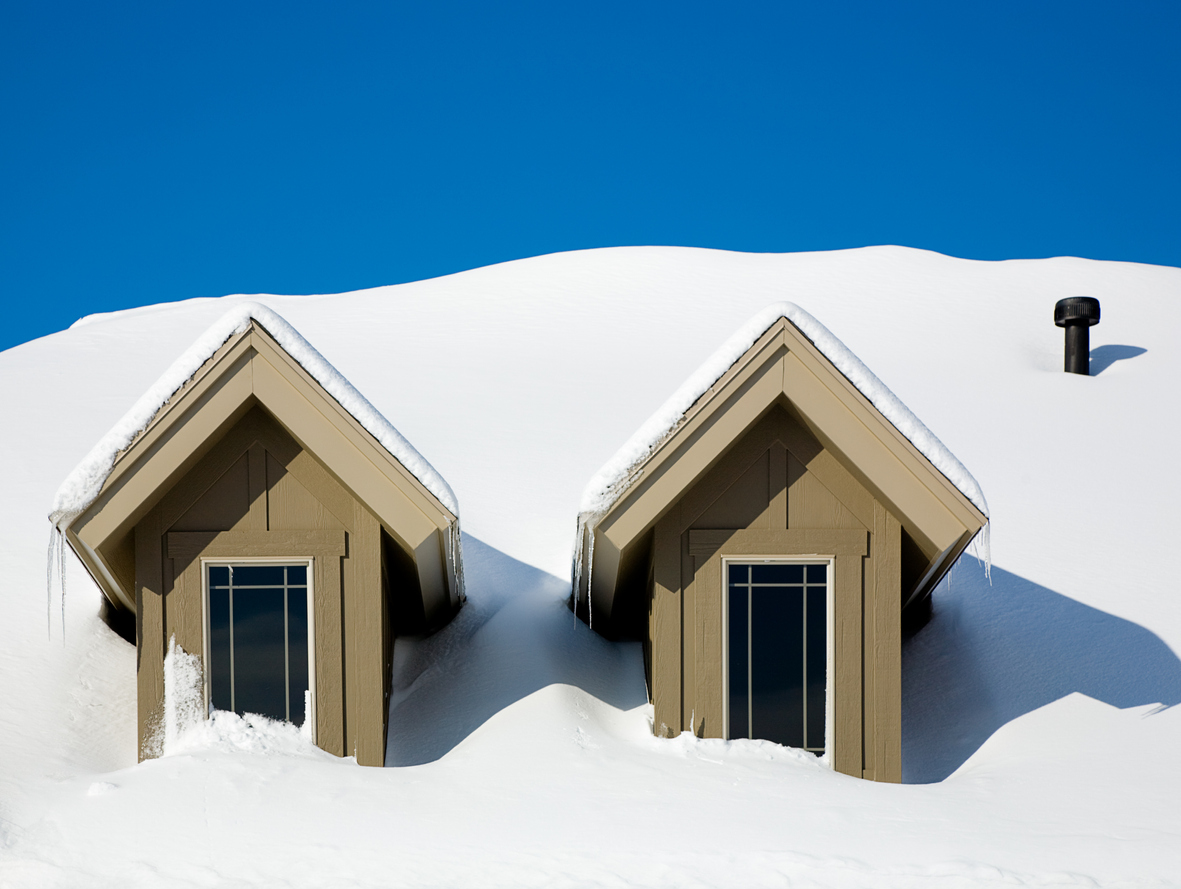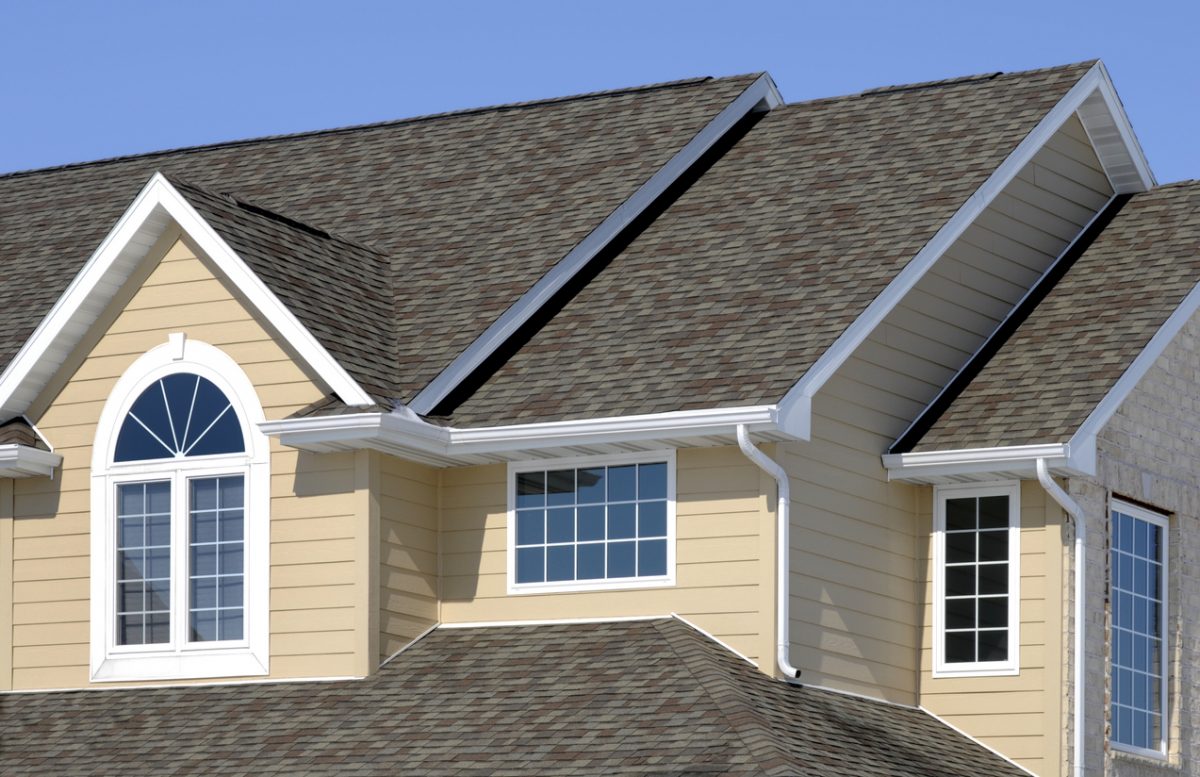April showers bring May flowers — and possible water damage and flooding if you’re not careful!
Make sure your home is well equipped for the new season. After all, preventing water damage ends up being far cheaper than needing to pay for full home repairs!
Ensure Proper Drainage
Make sure you check that your gutters are clear of debris, as clogged gutters can send water directly down the side of your home (damaging both your foundation and siding). You’ll also want to ensure your downspouts are directing water away from your house, at least 5 to 10 feet!
Test Your Sump Pump
The last thing you want is for a major storm to hit and your sump pump to fail! Check your sump pump at least once, annually, or more often if we find ourselves in a particularly rainy season. All you need to do is slowly fill the sump pit with water and watch for the float to rise. Once it does, the sump pump should kick on and the water level should fall.
Repair Missing or Loose Shingles
If your roof has any damaged shingles, it’s time to get them repaired! It’s also the perfect time to check any damaged caulking and inspect for leaks surrounding flashing. If you get these things fixed early, you may not have any long-term damage!
Contact the Professionals at Landmark Exteriors!
If you’re in need of assistance surrounding roofing, gutters, and or siding, we’ve got you covered. We’d be happy to help you prepare your home for the spring season. Contact us at (203)838-3838 to discuss your options!

